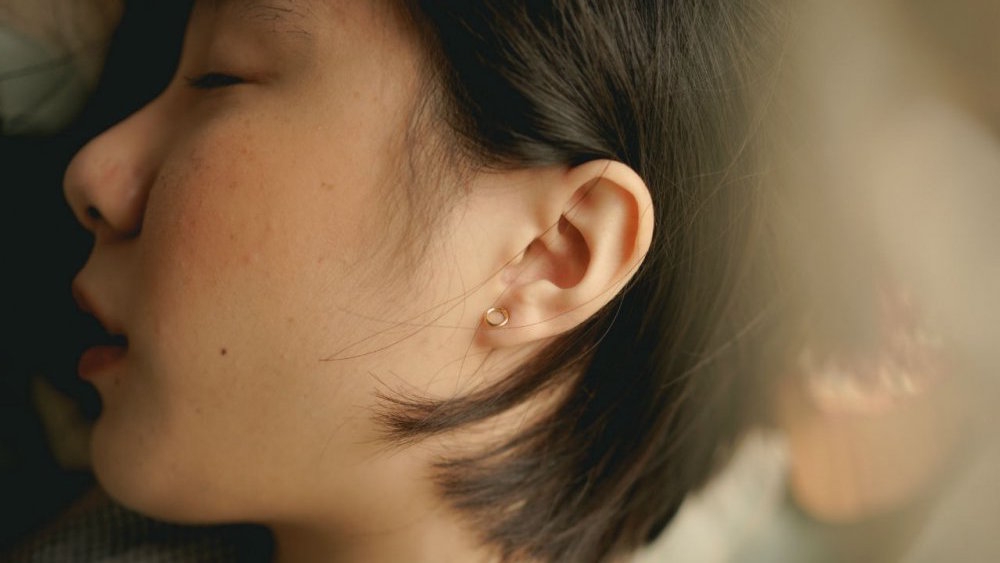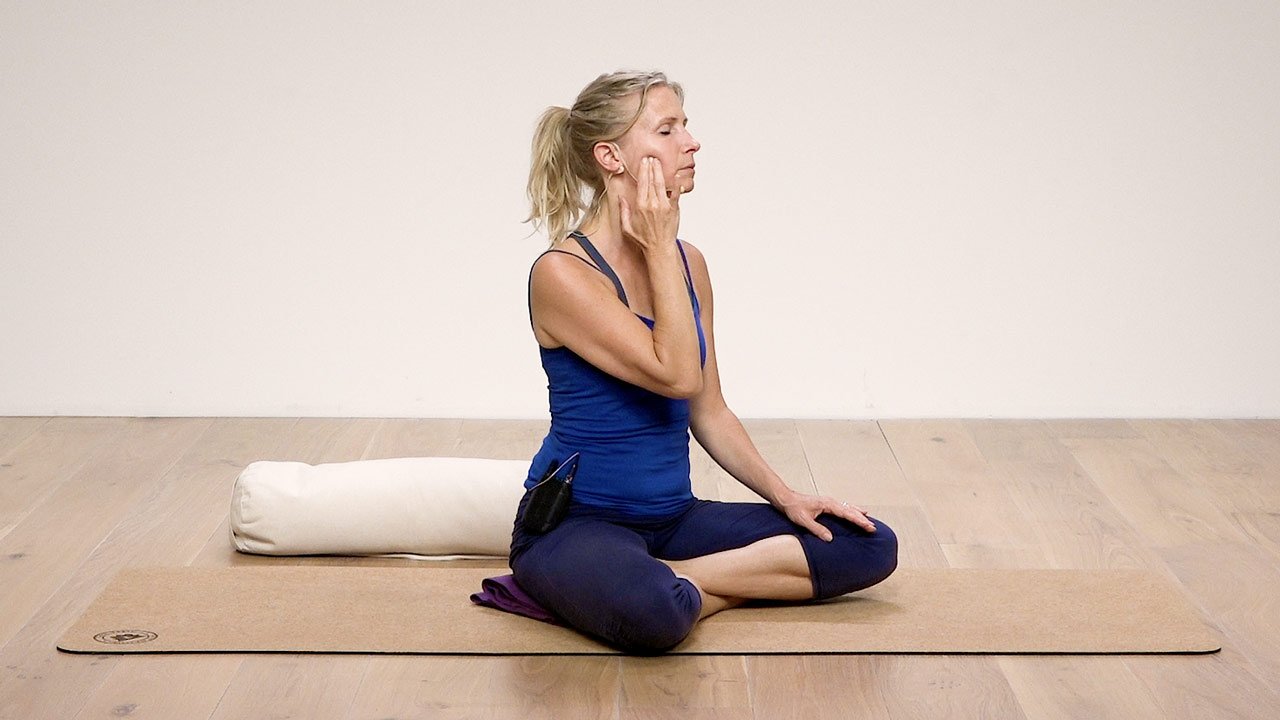Yoga can benefit the entire body, including the ears, nose and throat. Depending on the cause, balance issues, ear pain, blocked sinuses and acid reflux can all be addressed with yoga. Here are some suggestions.
Balance issues
One of the most common reasons that people visit an ENT department is due to balance problems. The ears are essential to our balance system, and as people age, their balance system becomes less reliable. This is potentially dangerous, as losing one’s balance could mean falling and breaking a bone. When people come to ENT units with balance problems and/or vertigo, they are usually sent to vestibular rehabilitation. Vestibular rehab includes exercises that relax the head and shoulder muscles, improve balance, and enhance general coordination.
Yoga, of course, has tons of balancing poses and can prevent the deterioration of the balance system that happens as we age. Static balancing poses like Tree pose and Eagle pose are good for beginners, and can be done with the support of the wall for people suffering from vertigo. Try Balance & breathe 2 with Jennilee Toner, a class that explores our ability to balance in both squared-hip and open-hip one-legged standing balancing poses.
Poses that relax the head and neck are also important, and can also help people who suffer from tinnitus (ringing in the ears). To loosen and relax this area, try Lisa Peterson’s class, Freeing the muscles of the head, neck and shoulders.
Ear and jaw pain
Ear pain could be caused by an ear infection, but ENT specialists see hundreds of people a year who think they have an ear infection but are actually experiencing referred pain from the jaw. Jaw pain is diagnosed as temporomandibular joint dysfunction (TMJ) and occurs because of chronic tension and/or teeth grinding that can happen while we sleep. “Relax the jaw” is an important cue in yoga classes and when you do so, you’re helping to prevent future jaw pain that could migrate to the ear.
Try Esther Ekhart’s sequence Yoga for TMJ disorder below. It’s also possible to ease TMJ and referred ear pain with trigger point therapy, using rubber massage balls to massage out the knots in the masseter muscle – the main muscle of the jaw. Try Nichi Green’s class, Yamuna face lift to relax and rejuvenate the muscles and skin of the face.
Yoga for TMJ disorder
Learn techniques to relax the areas of the body affected by TMJ disorder such as the head, neck, shoulders and upper body – with Esther Ekhart
Sinusitis
Another common issue brought to the attention of ENT specialists is clogged sinuses. When sinuses are unable to drain properly, they can become inflamed, swollen and full of mucus. It can be extremely uncomfortable to practise yoga with sinusitis, but there is an Ayurvedic technique that can help, which involves salt, distilled water, and a squeeze bottle shaped like a teapot. ENTs now regularly advise people to use a Neti pot, and Andrew Wrenn has a simple explanation of it in his tutorial on How to use a Neti pot.
Humming has also been proven to help the sinuses, as it increases air flow between the sinuses and nasal cavities. To put this in action, you could practise Bhramari Pranayama, the “humming bee” breath.
If you’re looking to ease sinus pressure by going upside-down, Downward Facing Dog, Bridge Pose, Plough Pose, and Supported Shoulderstand can provide some relief.
Acid reflux
A final issue that ENTs often treat is acid reflux. A common symptom of acid reflux is the feeling of sour acid crawling up the back of your throat, which happens when the lower esophageal sphincter (LES) relaxes too much and allows stomach acid to enter the esophagus. Acid reflux is most likely to happen when food is eaten too fast or meals are too fatty or large. In this case, conscious, mindful eating is a great preventative.
Strengthening the diaphragm is another way to prevent acid reflux. A 2013 study by the International Journal of Yoga showed that the diaphragm-toning breathing techniques of Kapalabhati and Agni Sara Kriya alleviated symptoms of acid reflux, which makes sense because the diaphragm is connected to the LES. Although acid reflux usually happens after eating, it’s important to do these Kriyas before you eat.
Practise Kapalabhati Breath with Marlene Henny or Agni Sara Kriya with Lyn Core.
A holistic approach
Yoga tones and strengthens the muscles, but partnered with its sister science, Ayurveda, it has a holistic effect that can target aches and pains of the ear, nose and throat. Practising yoga helps to keep our systems functioning properly as we age, and it lowers our stress levels, which in itself is a huge part of preventing discomfort and disease.
Whether addressing ear pain by relaxing the jaw, or doing Pranayama to help reduce sinus discomfort, we can take a proactive approach to our healthcare – a paradigm that benefits healthcare practitioners and patients alike.


